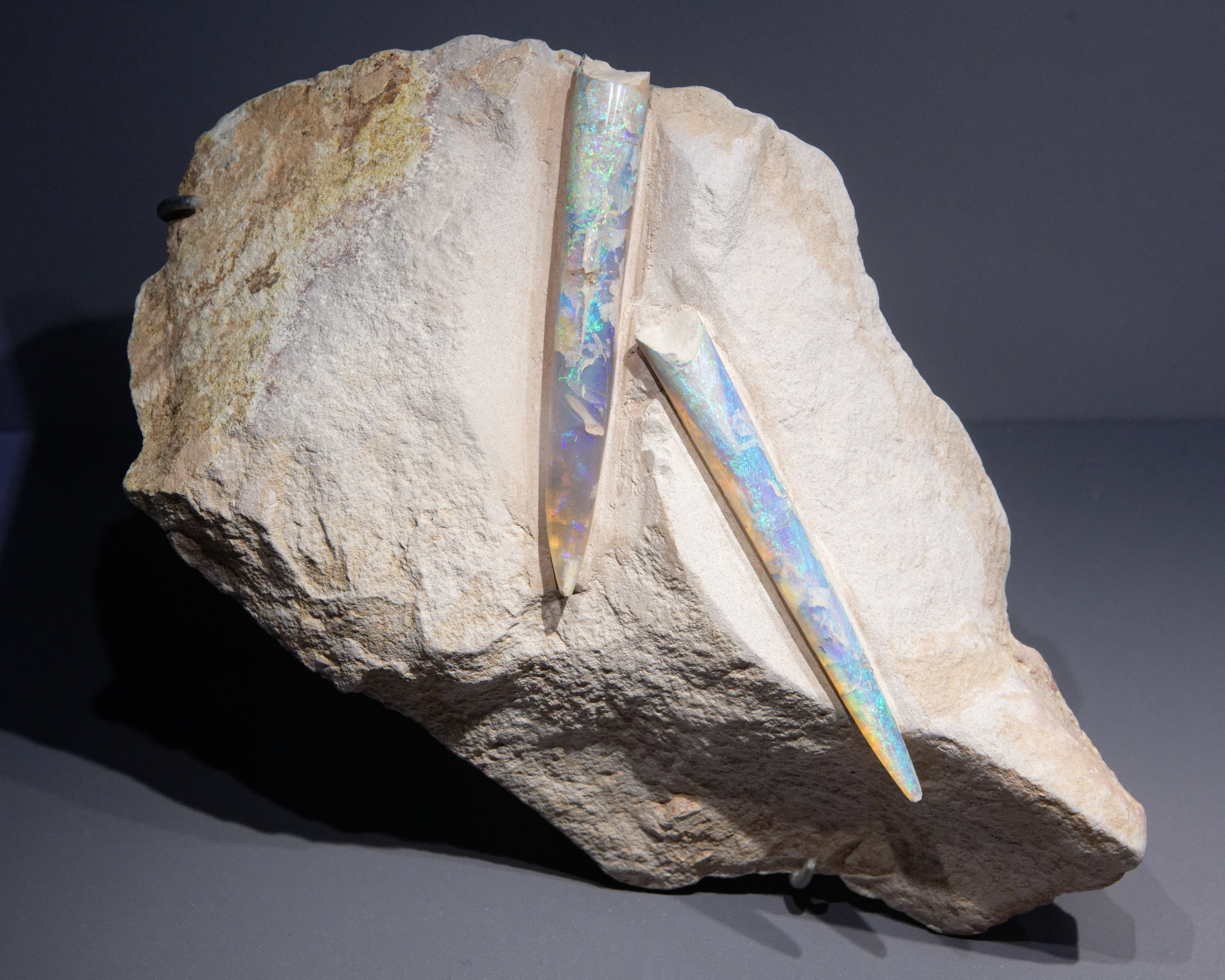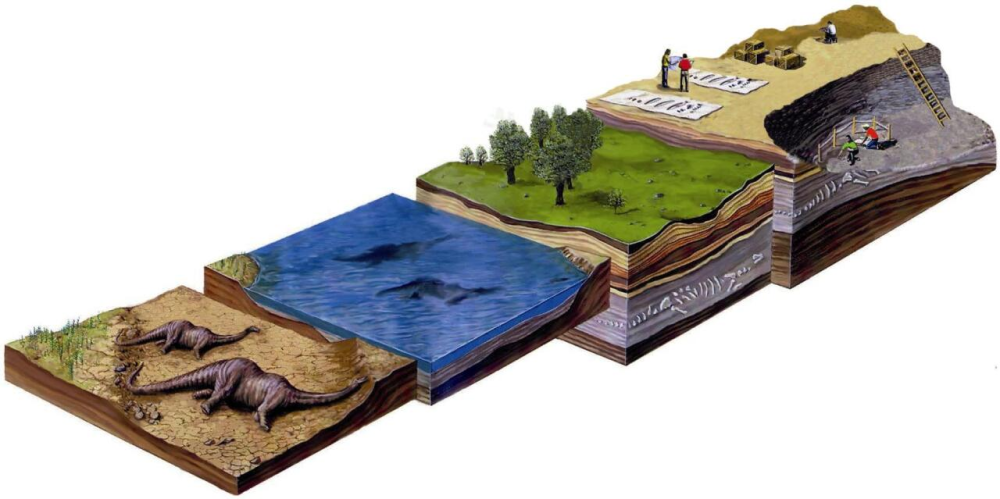RIP, me. I’ve popped my clogs and fallen in a lake. All very sad for friends and family, but finally, a lifelong dream is about to be realized: I’m on my way to becoming a fossil. So, how long is my body going to have to wait for that sweet, sweet permineralization? And exactly when do I finally qualify as an – ahem – bona fide fossil?
ADVERTISEMENT
You might think it strange to long to become a fossil, but the truth is that it’s a rare privilege enjoyed by only the very few. Most animals that have lived on Earth will leave no trace that can be detected in millions of years, but die in just the right way, and you can be preserved in anything from calcium carbonate to fool’s gold and opal.
What is a fossil?
The word fossil comes from the Latin fossilis meaning “unearthed,” a fitting hat-tip to these rare remains we find in the ground. Fossils don’t have to be bones; they can be trace fossils like footprints, the preserved remains of plants, and even fossilized poop (coprolites) and vomit (regurgitalites).
It only takes a few years for an animal bone to decompose, but if a creature dies in special circumstances, their remains can be filled in by minerals in the environment. This is known as permineralization. So, how should you die if you want to become a fossil?

I’m happy to wait if getting opalised like these belemnites is on the table.
“The fossilization process is a very rare process,” Dr Susannah Maidment, senior researcher in the division of Vertebrates, Anthropology, and Palaeobiology at the Natural History Museum, London, told IFLScience. “Sometimes we have things like skin and other soft tissues like feathers preserved and usually that requires a quite unique set of burial conditions, often very rapid burial.”
“If you imagine that your dinosaur dies on a flood plain, something like the Serengeti, and it sort of keels over and dies, then all these other animals are going to be coming along and tearing it apart. You’ve got your vultures picking away at it, and lions taking bits, then bacteria breaking it down, and it’s all going to get dragged all over the floodplain.”
“What we need, really, is to take that dead carcass and the moment it dies, is to put it somewhere where that scavenging process and that rotting process can’t occur. A really good way is to bury it really, really rapidly. So, sometimes these animals fall into lakes or are overcome by sand dunes, and that’s what we need for soft parts to be preserved.”
ADVERTISEMENT
Well, ding ding ding! Here I lie in this lake, looking well on track to becoming as beautifully preserved as the Kimmeridge Sea Monster. What happens next?
When does fossilization begin?
The fossilization process itself can take anywhere from a matter of days to millions of years. Waiting for mineral-rich groundwater to seep into bones means playing the long game, but there are some conditions scientists have discovered can speed up and slow down the process.
A 2017 study explored the effect of microbial mats in the decay of African dwarf frogs. The three-year study revealed that the frogs’ bodies were rapidly entombed when decaying in microbial mats, creating a kind of sarcophagus that meant soft tissues remained intact for years. Those frogs also demonstrated mineralization within 540 days, or 1.5 years, which was seen particularly in the midbrain and skin, creating fossil-like remains in a relatively short time period.
ADVERTISEMENT
It seems microbial mats can play a significant role in rapid fossilization, and explain why it is we sometimes get remarkably preserved fossils even of soft-bodied organisms like this fossil jellyfish. In just a matter of years animals can have fossil-like mineralization, but does that qualify as a fossil?

It hurts to see others living out your dreams.
How long does it take for a fossil to form?
I might only be waiting a matter of years rather than millions of years for the fossilization process to begin, but fossil-like brain does not a fossil make. To be qualified as a true fossil, preserved remains typically have to be older than 10,000 years, says the British Geological Society. That number is more of a semantic detail than a defined moment by which the fossilization process is complete, but it’s a useful way to differentiate between old, well-preserved remains and what a museum might consider a fossil.
So, strap in, corpse of mine. The year 12,025 is finally gonna be our year.
Source Link: How Long Does It Take For A Fossil To Form? Frogs' Brains Show Fossilization Within 2 Years